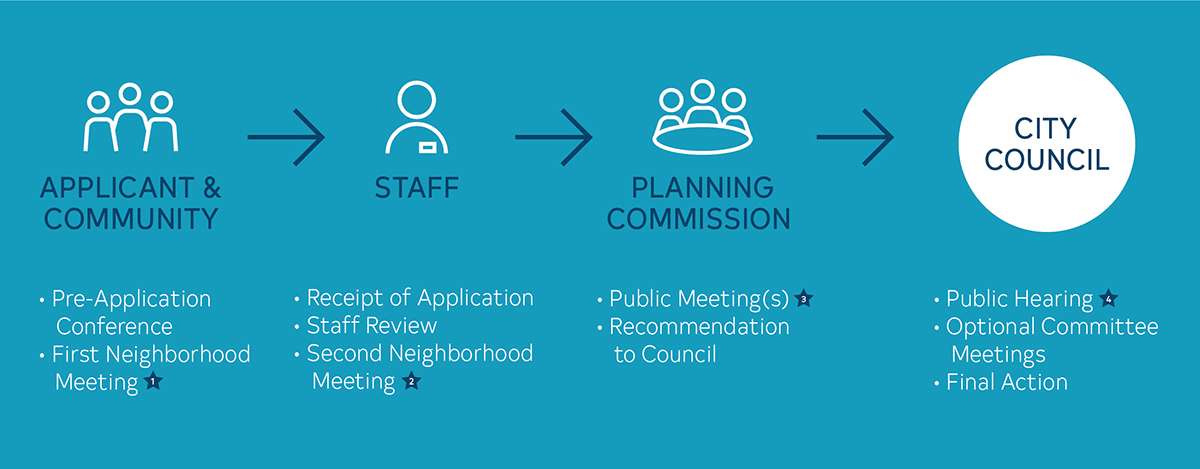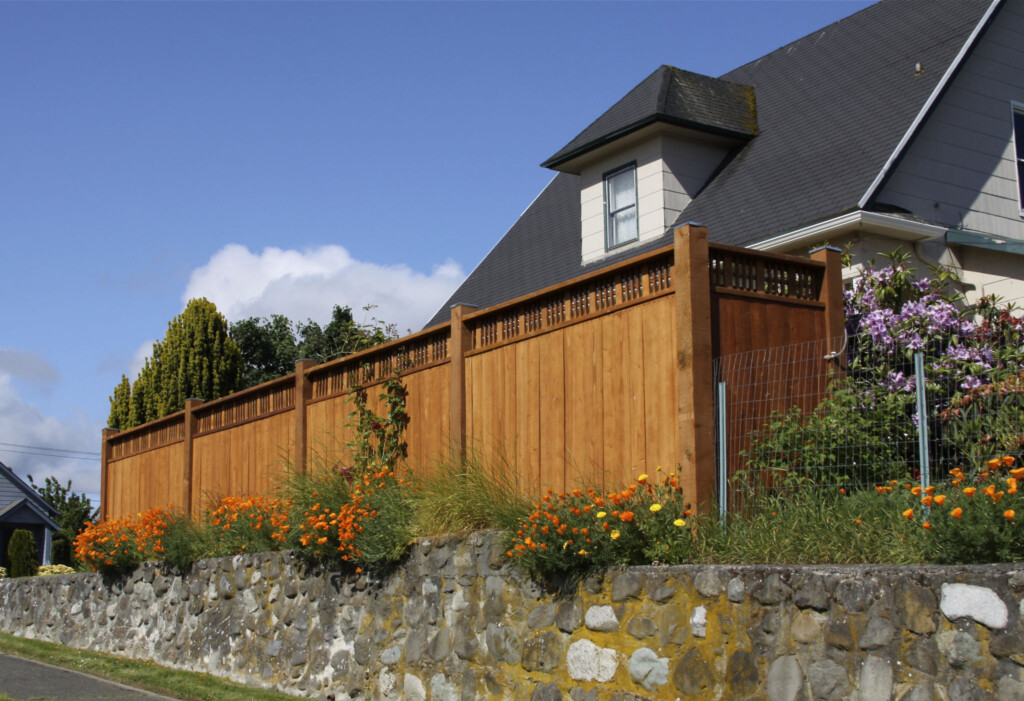Fences mark the edge of your yard, and they can also change how your home looks, how private you feel, and even how your neighbors see you.
Homeowners know one fence can set the tone for an entire block, for better or worse. A thoughtful design brings value to your home and respect from your neighbors, but a poorly handled project can create disputes that last years.
At AAA Fence & Deck, we’ve seen property line mix-ups, disagreements over height, even small misunderstandings that grew into big frustrations. With more than three decades of experience, we believe building the right fence means building better relationships too.
If you’re planning a new fence installation in Raleigh, here’s what you need to know to keep both your home and your community strong.
Start with the Property Line

The first step in fence etiquette is to know exactly where your property ends as guessing or “eyeballing” the line can cause headaches later. Consider this when you are in areas like Hidden Valley where older plats sometimes make it tricky to figure out true boundaries. That’s why a professional survey is worth every penny.
City rules also play a role. Every yard has setback requirements that tell you how close a fence can be built to the property edge. Ignoring those rules can lead to fines or worse, having to tear down a brand-new fence. Review the Raleigh zoning ordinances before you dig the first post to make sure your project follows the law. You can also work with a trusted provider to verify placement during the planning stage, saving time and avoiding future disputes.
The “Good Side Out” Rule

One of the simplest, but most important, parts of fence etiquette is the “good side out” rule. The finished, polished side of the fence should face your neighbors or the street, while the structural side with posts and rails faces inward.
This is especially true in historic neighborhoods like Oakwood and Boylan Heights, where appearance standards are part of the community’s charm. Even outside those areas, showing the best side to the public helps your whole street look better and it signals respect for those living next door.
Talk It Out with Neighbors

Even if you’re building fully within your rights, surprising a neighbor with construction noise or a sudden new fence is rarely a good idea. In places like Highland Creek, where houses sit closer together, early communication goes a long way.
A short conversation before the project begins can smooth out potential friction. Bring up questions like:
- What type of material works best for both yards?
- Would a certain height block their view or sunlight?
- Are they open to sharing part of the cost?
Most neighbors appreciate being included, even if the decision is ultimately yours. It shows thoughtfulness, and that goodwill often pays off later when other shared issues arise.
Shared Fences & Agreements

Sometimes, two neighbors benefit equally from the same fence. That’s common in tight-lot areas such as Cameron Village (now Village District), where shared boundaries make collaboration almost unavoidable.
Get the details in writing if you agree to split the cost. It doesn’t need to be a formal contract, but a signed note about who pays what and how future repairs will be handled prevents confusion.
To understand the legal side, check our related blog: Raleigh Fence Height Rules | Setback Requirements by Property Type which covers property types and regulations that may affect shared fences.
Handling Disputes Diplomatically
Not every project goes smoothly. Homeowners on Mallard Creek Church Rd, where lot sizes vary, often face disagreements about style, height, or privacy concerns. The key is to address issues calmly and step by step.
- Start with a conversation. Sometimes explaining your reasoning is all it takes.
- Bring in a neutral party. A homeowner’s association or neighborhood mediator can help.
- Seek city guidance. Raleigh officials may step in if the disagreement involves zoning or setbacks.
- Legal action as a last resort. Court should be the final option, not the first.
Neighbor Courtesy in Fence-Building

By treating fence building as both a process and an ongoing responsibility, homeowners in Raleigh ensure their investment strengthens the neighborhood rather than creating conflict.
Courtesy During Construction
Construction noise, trucks, and equipment are unavoidable. Still, managing them shows respect for the community, especially in busy places like Brier Creek and North Hills. Work should take place during standard daytime hours, and materials need to be stored neatly without blocking driveways or sidewalks. If access to a neighbor’s side is necessary, giving notice first avoids unpleasant surprises. Small gestures like these maintain goodwill and keep the focus on the positive outcome of the project.
Care After the Build
Fence etiquette doesn’t end once the posts are set. In neighborhoods near the Barton Creek Greenway and other communities where outdoor pride runs high, upkeep is just as important as the initial build. A fence left to warp, lean, or rot can lower property values and strain relationships. Regular staining, sealing, or replacing damaged boards after a storm signals responsibility and respect for the shared environment.
Building More Than Fences—Building Community
A fence is more than wood, vinyl, or aluminum. It’s a structure that can either create distance or build harmony. By following simple etiquette guidelines, you create a positive impact that lasts.
AAA Fence & Deck has been helping Raleigh homeowners build strong, beautiful fences for more than 30 years. As a veteran-owned, family-run company, we believe in craftsmanship and community values.
Call us at (984) 333-5313 or visit us to schedule your free consultation
Frequently Asked Questions
How tall can my fence be in Raleigh neighborhoods?
Most residential areas allow fences up to six feet in the backyard and four feet in the front yard. Always confirm with local rules or neighborhood guidelines.
What should I do if my neighbor disagrees with my fence plans?
Listen to their concerns first. Offer compromises on style, placement, or height. If issues remain, involve an HOA or mediator before seeking legal action.
Can neighbors share the cost of a fence?
Yes, many do. A simple written agreement about payment and maintenance keeps everyone on the same page.
What are the key etiquette guidelines for fence building in Raleigh?
Communicate early, keep the good side out, respect construction hours, and maintain the fence once it’s built. These steps foster goodwill and help your fence be a positive addition to the community.
